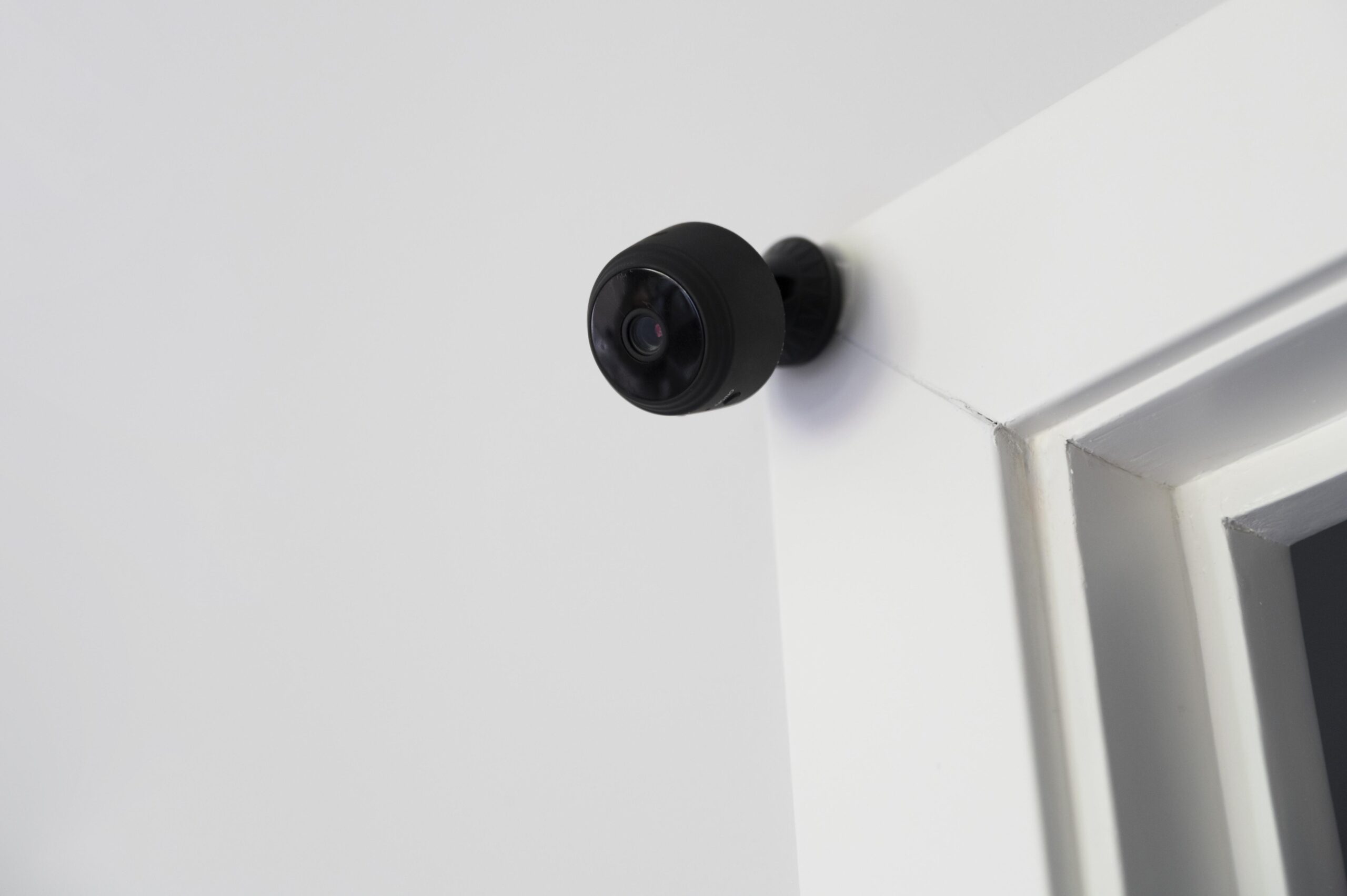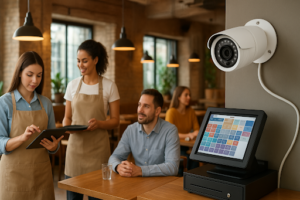The other day I read somewhere on Google that security cameras are your silent watchdogs in the 21st century, and I couldn’t agree more. A well-placed camera doesn’t just record what is going on in its range—it prevents problematic break-ins. So let’s confess that when it comes to keeping your home or business safe, security camera placement is everything. Mapping out your security camera placement is a great way to get the most value out of your cameras.
You set a camera on the wall or ceiling, and it maximizes your surveillance camera coverage, thus eliminating blind spots and ultimately protecting you. Let’s walk you through where to place home security cameras or where to place outdoor security cameras, and a lot more so you can build a strong security setup.
Why Security Camera Placement Matters
Security camera placement matters because if it is not well-placed, then the blind spots are an open invitation for theft. That’s why a well-thought-out security camera layout is essential because even the best camera can’t help if it’s pointed at a boring wall, a tree, or blinded by sunlight. Good camera placement maximizes visibility, reduces the chances of theft, and ensures your investment pays off in time. According to some reports, a burglary happens every 25.7 seconds in the U.S., making it vital to know where to place surveillance cameras for the best protection.
Where to Put Security Cameras on a House
One of the most common questions people ask is, “Where to put security cameras on the house?” The answer is simple: any place that offers access to your home. Focus on ground-floor doors, windows, and garage entry points. These are the main areas where intrusions happen. So, focus on those entrance areas.
Where to Place Outdoor Security Cameras
Locks and bolts are very helpful, but a well-placed camera is your real first line of defense. The best placement for home security cameras outside includes entry points like front and back doors, first-floor windows, driveways, and detached garages. Using an outdoor security camera placement diagram can help you visualize and plan effectively. Plus, mounting cameras under soffits or ceilings helps shield them from harsh weather, increasing their lifespan.
Pro Tip: You have locks on the doors to your home, but why don’t you lock up your valuables? It may be best to store some items in a safe. It may also be worth it to put locks on closets or rooms with valuable items.
Where to Place Home Security Cameras Indoors
Regarding home security camera placement, the goal is to cover key interior areas without compromising privacy. Start by positioning indoor security cameras in main hallways and staircases, which an intruder would likely use to move through your home. Also, most of the time, a burglar wants to enter your house the same way you do. It’s smart to place cameras near entry points, garages, or rooms where valuables like jewelry, electronics, or safes are stored. Be mindful, however, to avoid overly private spaces such as bedrooms and bathrooms, where cameras can feel intrusive.
Best Places to Install Security Cameras
If you’re wondering about the best places to install security cameras, here’s your checklist:
- Main entrances (front, back, and side doors)
- Windows not facing the street
- Garage and driveway
- Common areas inside your home
- Second-floor hallways
- Basements and attics
Using these areas ensures maximum surveillance camera coverage and helps prevent break-ins before they happen.
Where to Place CCTV Cameras for Businesses
For businesses, where to put CCTV cameras is a slightly different and complex game. Cover all entrances and exits, parking lots, cash registers, storage areas, and customer interaction zones. Following CCTV camera placement guidelines helps protect both assets and employees.
Surveillance Camera Placement Mistakes to Avoid
Incorrect surveillance camera placement can ruin an otherwise perfect setup. Avoid pointing cameras directly at light sources or useless, ineffective spots, mounting them too high or too low, and missing key access points. Moreover, make sure you aren’t setting up cameras in areas where Wi-Fi signals are weak.
How to Hook Up Cameras Correctly
Whether it is a DIY or you hire an expert, knowing a bit about security camera positioning proves very beneficial. Most wireless systems are plug-and-play, with apps guiding you through the setup. Wired systems might require a bit more effort, including drilling and running cables, but they offer more reliability and a constant power source.
Security Camera Coverage: How Much is Enough?
In surveillance, gaps aren’t just mistakes—they’re opportunities for trouble. A single camera can’t cover the whole house. So to get full coverage, you’ll likely need multiple cameras strategically placed around the property. Overlapping security camera coverage ensures no blind spots.
Where Not to Place Security Cameras
There are laws regulating where to place CCTV cameras. Avoid areas where there’s an expectation of privacy, like bathrooms, bedrooms, and neighbors’ private property. Always inform visitors or employees if they are being monitored. Recording in restricted areas can not only breach trust but also lead to serious legal consequences.
Other Factors to Consider
When figuring out where to place outdoor security cameras, think about lighting conditions, Wi-Fi range (for wireless cameras), and weather protection. Using waterproof and night-vision cameras can also greatly enhance security. Apart from that, since you might keep jewelry or other expensive items upstairs, so we suggest that you use an indoor camera to secure your main second-floor hallway.
Pro Tips for Security Camera Setup
- Use a security camera layout plan before installation.
- Use cloud or local storage backups.
- Regularly clean lenses for clearer images.
- Check and update firmware regularly.
- Use motion detection settings smartly to save on storage space.
Conclusion
Great security isn’t just about the camera— it’s also equally about where you place it. In short, if you’re wondering where to place outdoor security cameras or even where to put CCTV cameras, remember: strategic placement is the ultimate key. With a little planning and smart surveillance camera placement, you can create a security system that’s efficient, reliable, and ready to serve you for years. Always use proper CCTV camera placement guidelines, and don’t be afraid to consult a professional if needed.





